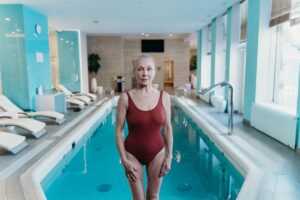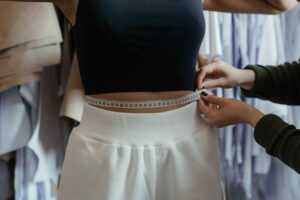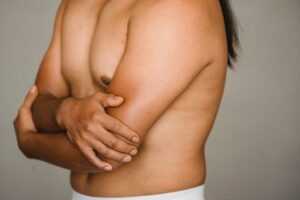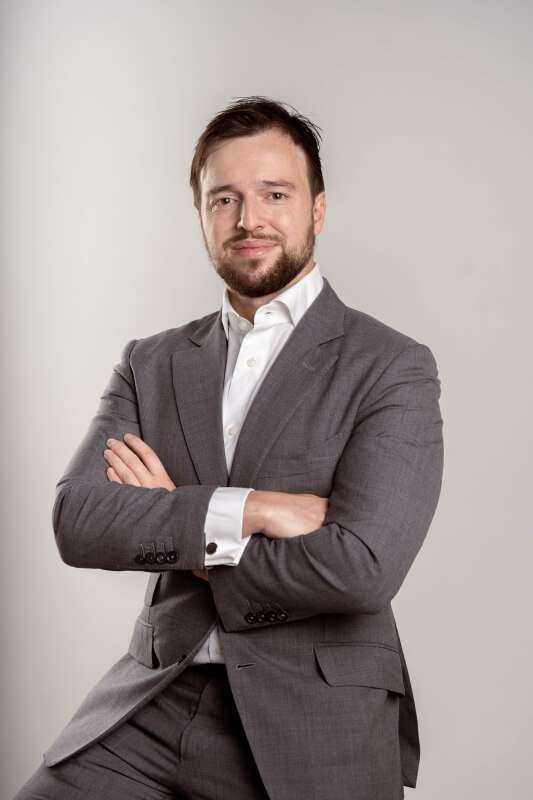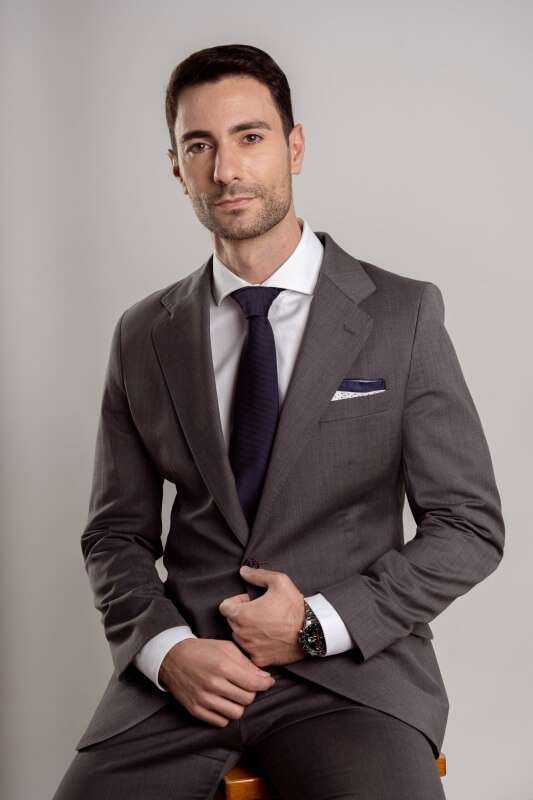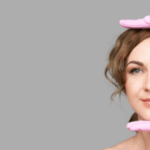Published by Dr MIguel Fernadez Calderón: 13/10/2023
Understanding what to do after the surgery allows you to have a clearer vision of the postoperative period of this type of surgery. Those who undergo this aesthetic procedure should know how it evolves during the rest time, what to expect and what care should be taken to achieve the expected result. This information about the post-rhinoplasty recoverywill serve you as a guide on this path.
What is rhinoplasty?
A rhinoplasty is what many of us know as a nose job. It is a procedure that can take between one and three hours, whose main objective is to change the shape or size of this part of the face. But it can also have an aesthetic purpose, as it can be an alternative for those who have problems with their nasal function, which can affect their quality of life, such as breathing problems that affect sleep.
The most common reasons why patients resort to rhinoplasty is because they are dissatisfied with the appearance of their nose, either for aesthetic reasons or because of some deformity, products of an injury, a congenital defect or the effect of aging. Also some respiratory conditions, deviated septum or sleep apnea may be reasons to undergo a rhinoplasty.
Phases of post-rhinoplasty recovery
There are four post-rhinoplasty phases that every patient must go through to achieve a full recovery. The process begins with the surgery, and can culminate 12 months later, depending on several factors, such as the type of rhinoplasty performed.
- Immediate Phase (First 48 hours)
Immediately after surgery, the patient will have a splint on the nose and a bandage or gauze underneath. It is common to go home the day of surgery. During the first 48 hours the person will have swelling, pain and bruised eyes.
- Short Term Phase (First 2 weeks)
Swelling, pain and bruising remain for the first week and you will need to rest at home, avoid physical activity and get plenty of rest. In the second week, the bandages are usually removed, and you can slowly return to some daily activities, but not involving strenuous exertion.
- Medium Term Phase (Up to 3 months)
After the first month, the bruising and swelling will disappear, as well as other symptoms and discomfort. At this point you will have a clearer idea of the results of the surgery. The nose and contours will be improved.
- Long Term Phase (Up to 1 year)
Six to twelve months after surgery, some patients continue to have mild swelling. It is during this period that the definitive results may be visible.
Essential post-rhinoplasty care
As in any surgery, patients require certain basic care before and after surgery to recover more effectively, and rhinoplasty is no exception.
Immediate care and precautions
Immediate care after rhinoplasty has to do basically with rest. It is necessary to rest well and keep the head elevated when resting or sleeping. Consulting the doctor and following his indications is essential to have everything under control.
Pain and discomfort management
To control pain and discomfort, the surgeon will prescribe some medications. In addition to that, cold compresses can be used frequently during the day. At least for the first few days.
Activities and physical exercise
The first 15 days it is possible to walk and do light activities. In fact, walking helps to avoid fluid retention. But for a month and a half it is important to avoid very demanding physical activities, so no swimming or heavy lifting.
Scar care
To take care of the scars, the patient should avoid blowing his nose and try not to sneeze loudly. Neither should he/she expose him/herself to the sun, as it may darken the marks and increase inflammation.

Complications and how to handle them
Although rhinoplasty is a safe surgery, and complications are unlikely to occur, it is necessary to know this information before undergoing this type of cosmetic procedure.
- Difficulty in breathing due to airway alteration.
- Inconveniences with nasal drainage.
- Allergies to suture supplies or surgical tapes.
- Obstructed sinuses.
- Perforation of the nasal septum.
- Tip of the nose drooping or very high.
- Asymmetry of the nose.
- Infections that produce redness, swelling, discomfort and pus-like discharge.
- Bleeding.
You should know that it is time to call your doctor and ask for help if you experience an allergic reaction. In more delicate cases, such as presenting too much pain and inflammation that is getting worse and does not improve with the prescribed medications. Also if you have bleeding that does not stop, thick nasal secretions, difficulty breathing, or temperature higher than 38 degrees Celsius.
Results: What to expect and when?
Evolution of results
There is a normal evolution of the results during the rhinoplasty recovery process, but factors such as age, skin type and postoperative care can have a direct impact on them.
At the beginning, the most noticeable symptoms are swelling, bruising around the eyes and dryness in the nose. These symptoms diminish as the days go by. Swelling is the last to disappear, and may last up to a year.
Adjusting expectations
When undergoing rhinoplasty having realistic expectations, and knowing what you may or may not get from a nose job is paramount. Patients should not expect a perfect nose, nor should they expect the same nose as other people.
And the recovery process until the final results can be seen can be long. So it is necessary to be clear about what to expect, be patient and remember that the nose, even after a rhinoplasty, can change, due to the effects of age, injuries, among other reasons.
Follow-up Procedures or Revisions after Rhinoplasty
After a rhinoplasty, follow-up visits should be made, measures taken to avoid scarring, waiting until nine months to a year have passed to see the final results and, in some cases, considering a revision rhinoplasty to correct problems that have arisen.
Practical tips for successful recovery
The doctor's instructions must be fully complied with in order to achieve an adequate recovery. But as a complement we leave you some recommendations that can be of great help in the process.
List of essential elements for recovery
The bandages and splints will be placed by the surgeon, but in addition to that you will need:
- Medications, such as anti-inflammatory drugs, antibiotics, everything depends on the doctor's indications.
- Cold compresses.
- A place at home set up for your recovery.
- Comfortable clothing that you can take off without rubbing or hitting your nose.
- Sunscreen.
Tips for sleeping and resting
Although it can be difficult to sleep after rhinoplasty, try to rest in a dark, quiet space. Also, when it's time to sleep and rest, keeping your head up, using two or three pillows, will help reduce swelling.
You should avoid sleeping on your stomach or putting pressure on your nose.
Nutrition to improve recovery
Food plays an important role in recovery from surgery. Remember to maintain a balanced diet, rich in proteins, fruits and vegetables and healthy fats. Do not forget to drink enough water. Avoiding the consumption of ultra-processed foods or foods with excess fat, as well as sugary and alcoholic beverages.
Conclusion
When undergoing cosmetic surgery we cannot forget the importance of choosing an experienced and certified surgeon, since rhinoplasty requires meticulous work in the operating room.
In addition to this, basic care plays a determining role both in the recovery and in achieving the expected results. It is necessary to comply with the post-rhinoplasty recovery, that is to say, with rest, taking the medications on time and according to the instructions; in addition to a good diet, avoiding physical exertion and following the doctor's instructions.

